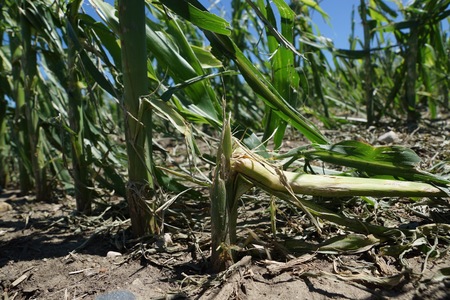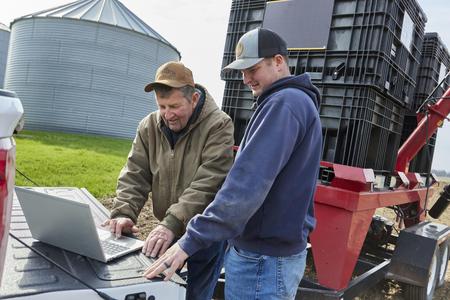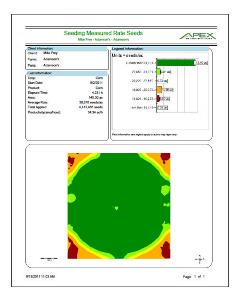Mega Menu
Mega menu is possible in BS5 but we will need to create a custom template layout for the navigation widget. The following is a hard-coded example.

Font Awesome 6
FA6+ icons will work on all widgets.
The FMH Icon box will need a new version created because the styling is broken in Bootstrap 5 templates (this has nothing to do with FA).
FMH Icon Widget
Icons can now be used in Content blocks by pasting the HTML tags from www.fontawesome.com into the HTML editor.
Here are some new icons from Font Awesome 6
face-awesome
envelopes
wheat-awn
Bootstrap Components
Code snippits from http://getbootstrap.com pasted into Content Blocks.
h1. Bootstrap heading
h2. Bootstrap heading
h3. Bootstrap heading
h4. Bootstrap heading
h5. Bootstrap heading
h6. Bootstrap heading
Nav Tabs
Nav Pills
Accordion
.accordion-body, though the transition does limit overflow.
.accordion-body, though the transition does limit overflow.
.accordion-body, though the transition does limit overflow.
Tables
| # | First | Last | Handle |
|---|---|---|---|
| 1 | Mark | Otto | @mdo |
| 2 | Jacob | Thornton | @fat |
| 3 | Larry the Bird | ||
Alerts
Image Carousel
Modals
Sitefinity Widgets
Default, out of the box, Bootstrap 5 templates available for widgets.
The navigation template used above is called Horizontal.
Navigation Widget - Tabs Template
Navigation Widget - Pills Template
Breadcrumb


List Widget - Expandable List Template
Precision Claims FAQs
List Widget - Simple List Template
Crop Claims Reminders
-
How To Report MPCI Claims
-
MPCI Claim Reporting Deadlines
-
Appraisals
-
Production Records by Unit
-
Production Delivered to a Commercial Elevator
-
Production From Precision Farming Technology Systems
-
Production Weighed and Farm Stored
-
Authorization for Load Records, Storage Structure Marking, or Combine Monitor Records
-
Fed Production
-
Quality Adjustment
-
What is a Simplified Claim?
-
What can insureds do to expedite the claim process?
List Widget - Anchor List Template
Quality Control Review FAQ
- What can an Insured do to prepare for a review?
- What can Agents do to prepare for a review?
- How does the review process begin?
Quality Control Review FAQ
What can an Insured do to prepare for a review?
Third party documentation (i.e. summary/settlement sheets from the elevator) is required when applicable and available. Insureds are expected to have available hard copy records that will 1) support the total production raised for the crop/county/year being reviewed and 2) that can demonstrate how production was kept separate between various units, practices and types (if applicable).
Insureds will also want make themselves available to meet with the quality control reviewer as the reviews will need to be completed before the claims can be processed.
What can Agents do to prepare for a review?
How does the review process begin?
Documents List - Documents List Template
Documents List - Documents List Template
| Title | Type | Size | |
| 602 KB | DownloadFMHQ Release 2 Guide | ||
| 405 KB | DownloadWFRP Checklist for Agents 2026 | ||
| 504 KB | DownloadWFRP Policy Provisions 2026 | ||
| 3231 KB | DownloadWFRP Handbook 2026 | ||
| 203 KB | DownloadECO_MCO_SCO_Coverage Comparison Flyer |
News Widget - News List Template
News list template is the only template available by default.
Farmers Mutual Hail Insurance Selects AIR's Fund Designation Service to Optimize its Risk
 (West Des Moines, Iowa - April 14, 2014) –
(West Des Moines, Iowa - April 14, 2014) –
Farmers Mutual Hail Insurance Company of Iowa (FMH), a leader in the crop insurance industry, today announced it has selected catastrophe modeling firm AIR Worldwide’s Fund Designation Service to better optimize its risk and enhance its fund designation strategy.
“By leveraging AIR’s fund designation solution, we can do a better job managing our crop portfolio risk and optimizing our company’s stakeholder’s value under the current yield, price and crop insurance program uncertainties,” said Ron Rutledge, FMH Chairman, President and CEO. “Based on a blind test of more than half a million crop insurance policies, AIR’s allocation recommendations led to a significant improvement in return by accurately selecting the best policies to keep. This innovative tool will be an essential part of our fund designation strategy moving forward.”
AIR’s Fund Designation Service provides fund designation alternatives that best fit client’s risk-return targets and profiles. The service utilizes AIR’s leading U.S. MPCI model to rank and sort policies based on their estimated risk level. Several risk metrics, such as probability of loss, mean loss ratio, and 100-year return loss ratio are calculated from the catalog and used for risk assessment of individual insurance policies. AIR then applies various retention levels to develop multiple fund designation strategies; those giving the lowest potential risk for their client’s expected return.
“Because it is unrealistic to accurately forecast the weather and yield outcome for the next growing season at the time of the fund designation deadline, the best approach is a probabilistic one,” said Dr. Oscar Vergara, assistant vice president and crop expert at AIR Worldwide. “AIR uses 10,000 possible yield and price outcomes, or events, that are equally likely to occur during the next growing season. The stochastic events are based on the current climate, geographically correlated, and trended to current levels of crop technological improvements.”
“AIR has a proven track record of providing fund designation strategies that have higher expected gain and lower risk of loss than crop insurers can obtain using traditional actuarial-based models, which was a major consideration in selecting them,” continued Rutledge. “AIR’s solution is a powerful tool, providing us with more data and knowledge to make better informed allocation decisions while maximizing profit potential and minimizing earnings volatility.”
Blog Posts Widget - Blog Posts Lists Template
-
Reporting Acreage with FMH Precision Solutions
Many policyholders already collect precision ag data during planting. Put that data to work to report acreage for crop insurance with FMH Precision Solutions.Full story -
Prepping Your Customers for Planting with Precision
Help your farmers use the precision data they're already collecting to simplify planting and reporting this spring.Full story -
Q&A with an FMH Precision Tech Specialist
Learn how our expert staff supports agents getting started with Precision SolutionsFull story -
Traditional vs. Precision Claims: What Are the Differences?
Oct 16, 2023, 14:01 by Eric RicheLearn how Precision Solutions can lead to simplified claims and easier APH reviews for your customers.Full story -
See How Precision Solutions Saves Premium and Improves APH
See the difference with examples from our recent FieldView™ Partner Connect webinar.Full story



